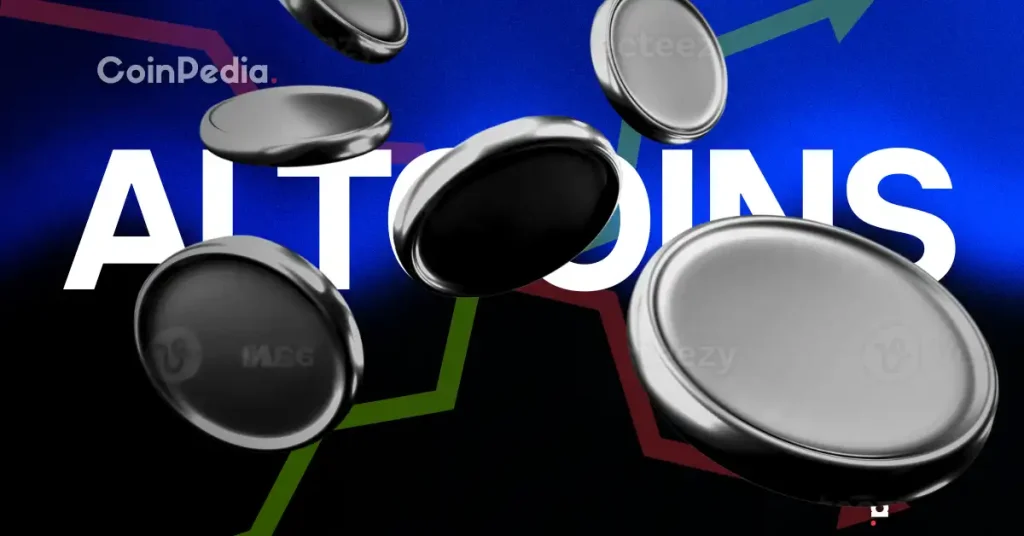Solana‘s network is on the brink of a considerable expansion in transaction capacities. The core development team has introduced a proposal, SIMD-0286, to elevate the network’s computational units from 60 million to 100 million per block. This significant leap of 66% is anticipated to eliminate budget overflow errors for decentralized finance (DeFi) applications, thus boosting the network’s transactions per second. The proposed changes await the consensus of validators, after which the update will be automatically implemented in upcoming epochs.
How Will Developers Facilitate Network Expansion?
Solana developers aim to redefine the upper limits of computational load that can be managed within each 400-millisecond block. The intention is to improve the efficiency of high-intensive order book and MEV auction applications. Consequently, validators are expected to upgrade and allocate more robust hardware resources to accommodate these raised limits. The intended upgrade will enable Solana to potentially exceed its current peak transaction capacity, aligning with future demands.
What Pressures Are Rising Demand Creating?
As various segments such as restaking protocols, NFT minting, and DePIN projects contribute to network congestion, Solana’s block space is under increasing strain. By raising the computational ceiling, developers aim to ensure that applications scale effectively without encountering transaction ceiling issues. While this increase poses challenges for validators, it is projected to foster greater revenue streams and enrich network activities.
A previous enhancement, implemented as SIMD-0256 on July 23, expanded block capacity from 40 million to 60 million and set a precedent for growth. Developers quickly recognized the burgeoning need for more block capacity due to heightened activity. The latest SIMD-0286 proposal is now open for discussion and community testing on GitHub.
- Implementation awaits validator agreement for activation.
- Raising limits might require validators to update hardware.
- Similar upgrades observed across competing blockchain networks.
- Enhancements aim to surpass Solana’s current transaction peaks.
- Profits and network activity are expected to increase with the new capacity.
In a competitive move, Solana’s upgrade mirrors innovations in rival networks. Ethereum’s Pectra hard fork and Dencun update focus on temporary data blobs to optimize yields while Bitcoin explores OP_CAT for better transaction programmability. This dynamic landscape signifies the rapid evolution of infrastructure capacities, motivated by mounting user demand and the quest for performance enhancement across blockchain ecosystems.
Disclaimer: The information contained in this article does not constitute investment advice. Investors should be aware that cryptocurrencies carry high volatility and therefore risk, and should conduct their own research.
















 English (US)
English (US)